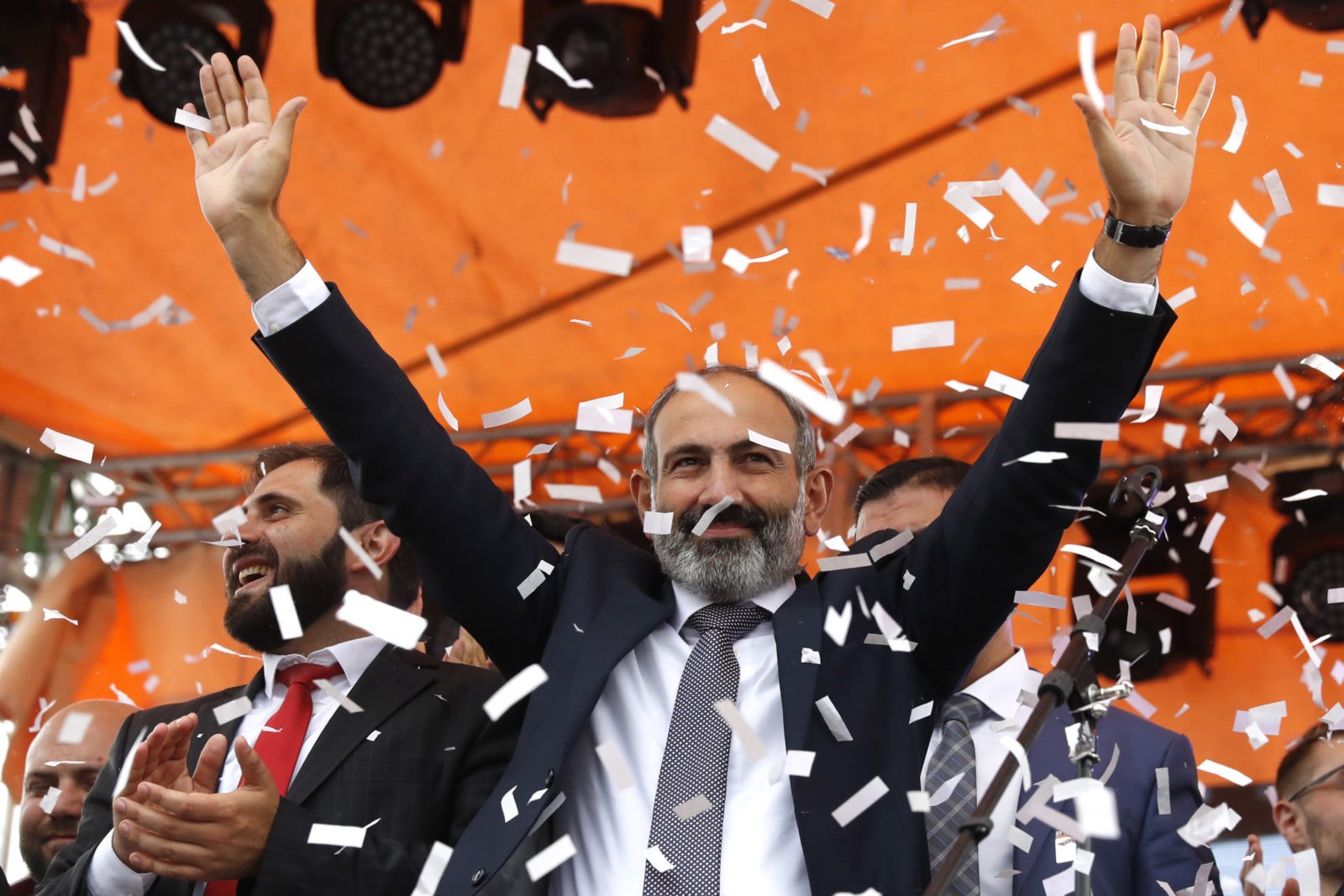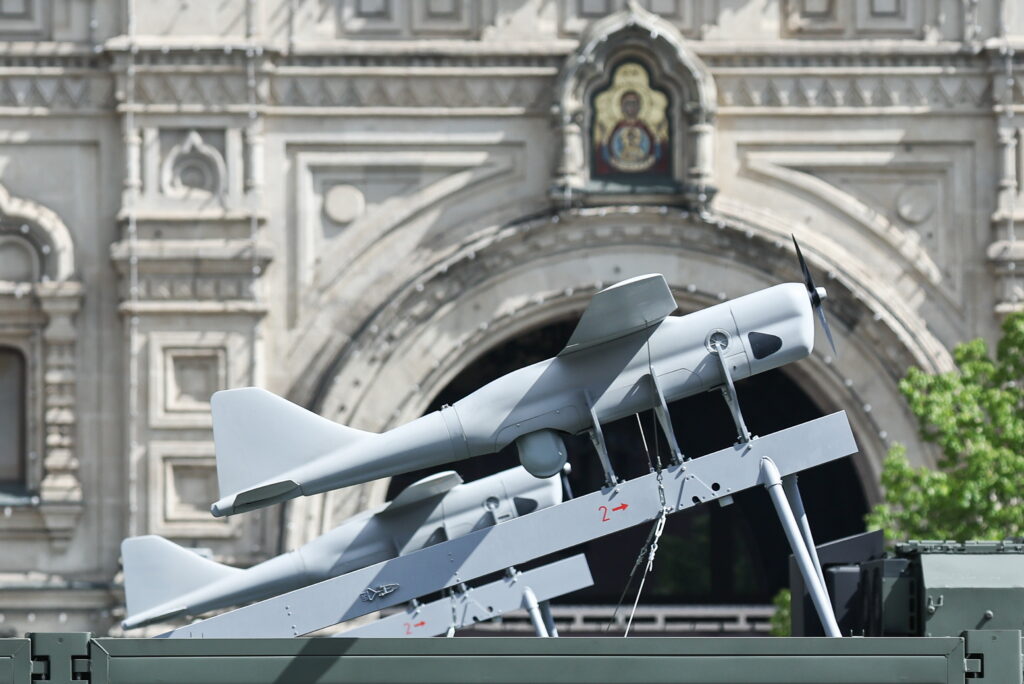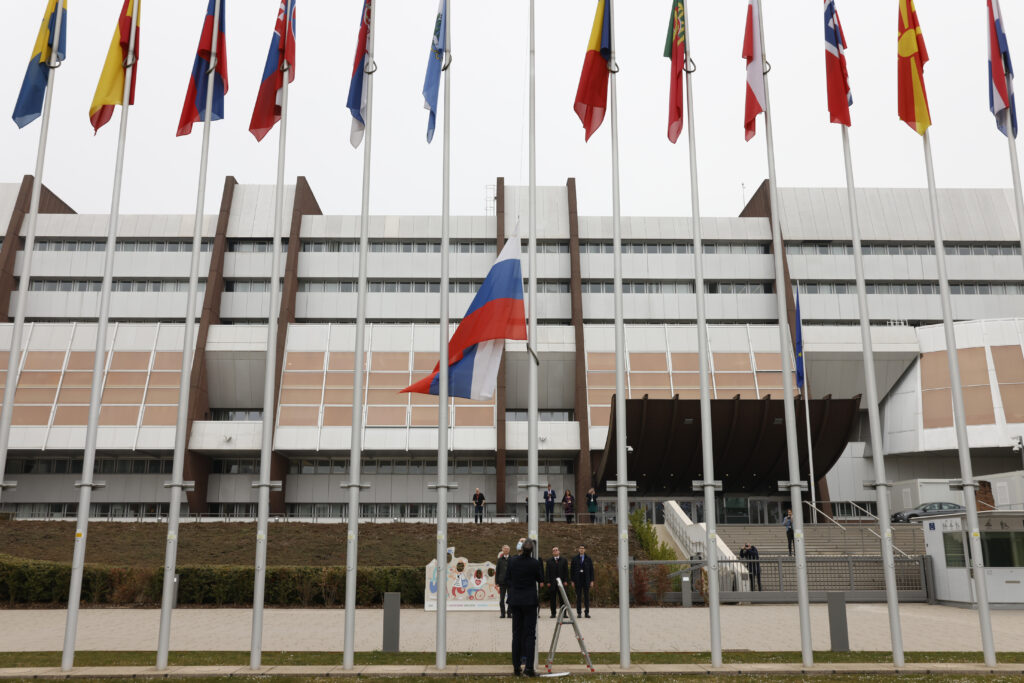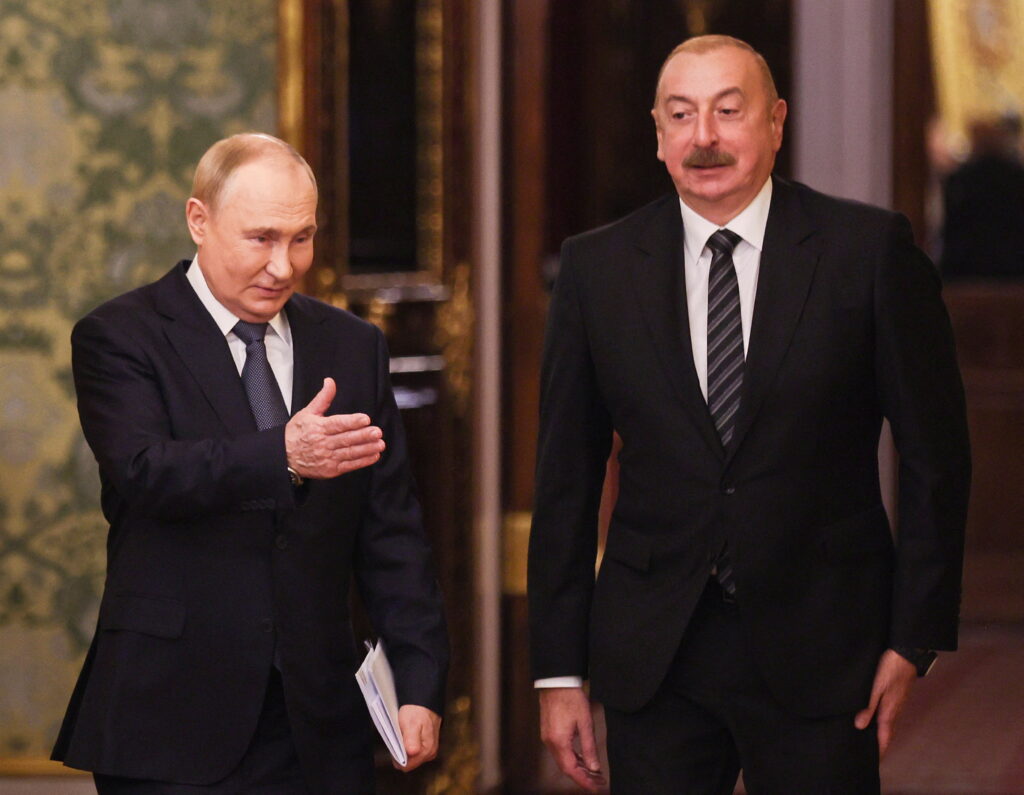A few weeks ago, Nikol Pashinyan was an opposition leader protesting on the streets of Yerevan. Those protests have now swept him into power, the culmination of what he called Armenia’s Velvet Revolution.
Armenia’s new prime minister finds himself in a paradoxical position. Constitutionally, Pashinyan has sweeping new powers. But the majority Republican Party has retreated into opposition, leaving him to head a fragile minority government.
Backstage power struggles now lie in store. Though it was unexpected, the Republicans kept their party from splitting and demonstrated strict and consistent discipline. Their most experienced officials left their posts, which creates a headache for Pashinyan over who can seamlessly fill those shoes.
To date, Pashinyan’s approval ratings are extremely high, and the best way out of the situation might seem to be to press ahead with early elections. However, Republicans wishing to take revenge will use their constitutional capabilities to delay the process of dissolving the National Assembly. Their calculation is that any future mistakes or government failures will lead to a drastic fall in Pashinyan’s rating, which will revive hopes for the Republicans.
A rumbling confrontation between old “political foxes” and young, hungry “political wolves” will coincide with changes in the regional and global outlook. Armenia is a small republic in the Southern Caucasus, a longstanding geopolitical and civilisational faultline. The eastern and western borders of the country are blocked by Azerbaijan and Turkey, respectively. Logistics with Russia, the main strategic partner, is carried out via Georgia, and only the southern part of the Iranian border remains open. The complexity of Armenia’s foreign policy situation is determined not only by geography but also by a range of complex historical factors. Relations with the Turkish side are determined by the issues of the Genocide of 1915-1923. Turkey still does not recognise it as such. Consequently territorial claims like historical Western Armenia and Cilicia are ignored, and the same goes for reparations or compensation.
In addition, there is also a “semi-hot” conflict with Azerbaijan that is claiming not only the de facto independent Nagorno-Karabakh Republic (NKR) but also some territories of Armenia itself. Ilham Aliyev, Azerbaijan’s President, has even ventured to claim his country’s “historic ownership” of Yerevan and Syunik Province.
The Georgian, Iranian and Russian horizons are also not so cloudless. The problems with Tbilisi and Tehran are limited and largely static; while relations with Moscow are deeply uncertain. To complicate matters, Russia, previously a security guarantor for Armenia, has become the largest supplier of offensive weapons to Azerbaijan.
According to the latest report of Stockholm International Peace Research Institute (SIPRI) on world arms exports for 2017, Armenia imported weapons for 124 million dollars (54th place in the world). During the same period, Azerbaijan acquired almost five times more – for 551 million dollars. It should be mentioned that Yerevan purchased weapons only from Russia by credit funds ($ 200 million) that were allotted by Moscow itself. During the same period, the Russian side sold Baku 36 units of heavy flamethrowers “Solntsepek” TOS-1A (used in the Four Day War between Azerbaijan and Armenia in 2016). It also sold 40 BTR-82A units and 800 anti-tank systems “Chrysanthemum”. Besides, Azerbaijan is actively developing other markets by purchasing from Israel 40 drones (which became a big problem for Armenia in April 2016) and 215 anti-tank missile systems. There is a noticeable increase in cooperation with other countries like the Czech Republic, Slovakia, and Belarus. In other words, the Russian military-industrial complex is not a monopoly on the Azerbaijani market, which gives officials in Baku more independence in making strategic decisions.
Pashinyan has repeatedly stated that dialogue with Russia would remain a priority for Armenia, and Yerevan would not reconsider its membership of Russia-led Eurasian integration blocs: the Eurasian Economic Union (EAEU) and the Collective Security Treaty Organization (CSTO). After all, Pashinyan realized the importance of the Russian factor a long time ago. During his speeches in front of tens of thousands in the central square of Yerevan, he quoted a statement by Maria Zakharova, a spokesperson for the Russian Ministry of Foreign Affairs. She mentioned that the events in Armenia were an exclusively internal matter of the Republic, which would always enjoy the friendship and support of Moscow. Pashinyan replied, rhetorically, that Russia was and would remain a brotherly country and the closest ally of Armenia. In other words, the leader of the Armenian Revolution responded to Zakharova that Yerevan was not going to change its foreign policy vector.
After the election, the Armenian Prime Minister took part in the meeting of the Supreme Eurasian Economic Council in Sochi and held a number of bilateral meetings. At the same time, he stressed that he was neither a pro-Western nor pro-Russian politician, but exclusively pro-Armenian. From the political realist standpoint, Armenia’s national interests (a pro-Armenian position) require fulfillment of one crucial condition – the creation of strategic foreign policy alternatives, which means partial weakening of Moscow’s influence.
Is it possible? Theoretically – yes, practically – unlikely. To create an alternative, the state should possess the necessary qualitative and quantitative resources of a military, political, economic and lobbying nature.
Russia’s positions in the military-political direction are quite strong both at the bilateral level and within the framework of the EAEU and CSTO. In 2016, an agreement was ratified to create a unified Russian-Armenian air defense system. The sixth article of this document establishes a hierarchy for the management of air defense forces stationed in Armenia. According to this hierarchy, the overall coordination of joint activities and leadership is exercised by the commander from the Russian side. This means that the higher command of the Armenian Air Defense Forces (general coordination and control) during any military threat is transferred to Moscow. Many formulations are extremely blurred and incomprehensible. For example, the mechanism of decision-making in emergency situations are unclear, though usually, it is necessary to act in several minutes and seconds. Moreover, Armenia’s membership in the supranational bloc of the CSTO informally and theoretically limits specific maneuvers for the country: preventive military strikes against the enemy, independence in making tactical and strategic decisions, etc.
Like any member of such an international military-political organization, Yerevan transferred part of its sovereignty, counting on considerable dividends (security guarantees against external threats). For Armenia, the main threat is the potential Azeri aggression in Karabakh. However, the CSTO does not consider it a zone of its responsibility. Initially, there was a clear understanding that, in case of acute conflict, Kazakhstan and Belarus would not act on the Armenian side. Therefore, Yerevan viewed this organization as a new format in relations with Russia. Nevertheless, numerous Azerbaijani escalations and attacks that reached a broad military escalation in April 2016 showed that Moscow behaved with restraint and did not seek serious intervention on either side. This position is due to the past ten years: the Armenian side was passive while Azerbaijan led political, economic and lobbying activity in Russia.
According to the latest report of the Eurasian Development Bank, Armenia’s current positions in the flows of foreign direct investment (FDI) can be classified as unstable (the net inflow of transfers from Russia decreased almost threefold). At the same time, there is a significant growth of Azerbaijani direct investments in the post-Soviet space. The priority areas for Baku are Russia, Belarus, and Kazakhstan – Armenia’s partners in the EAEU and CSTO. Azerbaijan is converting its financial resources into a real lobbying resource that works effectively in all the areas mentioned above. Moscow views Baku as a more significant independent subject, whose voice is heard in international organizations while Yerevan’s support for Russia is viewed as something natural. In addition, Russia is the leading investor for the Armenian economy. Gazprom and Rosneft are monopolists in Armenia’s energy market. Thus, the military-political, economic, supranational and economic dependence on Russia is so heavy that Moscow does not worry about the possible foreign-policy “withdrawal” of Yerevan.
The new government has only one resource that can contribute to the formation of a real complementary policy – the multimillion Armenian community. In Armenian society, it is customary to call it a “Diaspora”, which is not entirely correct. From the political standpoint, Diaspora is an ethnic community with a global institutional superstructure with a clear political and ideological orientation (the World Jewish Congress, the World Polish Congress, the Order of the Hibernians (Irish organization)). The Armenian communities are partly united around the institution of the church, and the lobbying process is carried out by public organizations that are far from the interests of their ethnic majority and their state of origin. The transformation of the disparate communities into a single diaspora institution will take many years and will require substantial resources from Yerevan. Any foreign policy diversification “from above” (at the initiative of other external centers) is also unlikely in the near future.
In the regional context, the US is making a political bet on Georgia, consistently reducing over the past ten years financial support for Armenia and showing inactivity in the context of developing a bilateral political dialogue with Yerevan. The latter is due to the fact that the new republican administration sees Yerevan as a true ally of its main opponents – Russia and Iran. The European Union shows interest in Armenia in the context of a region-wide process of democratization and does not possess serious geopolitical tools for conducting foreign-policy competition. It is still difficult to say what foundation will become the basis for the foreign policy strategy of Armenia’s new leadership. Developing new conceptual alternatives is going to be tricky.










